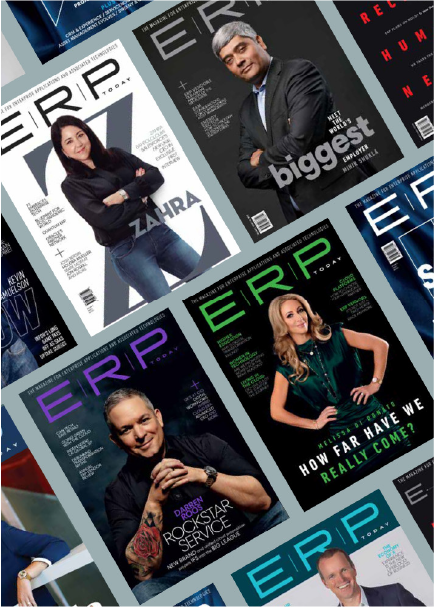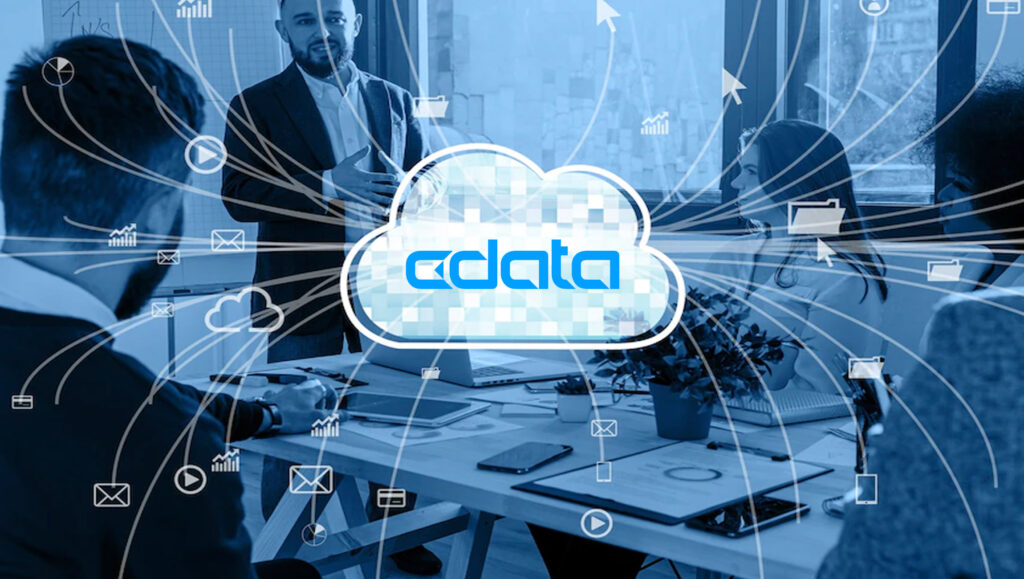For one large U.S.-based steel manufacturer, fragmented systems and manual reporting were hindering business growth. Each division operated on its own siloed infrastructure—ranging from Oracle and SAP to Microsoft Dynamics and homegrown platforms. To unify its data landscape, the manufacturer turned to CData Virtuality, an independent semantic layer that promises to connect and provide governed access to cloud, application, and on-premises data.
“With data virtualization, we don’t just federate—we accelerate. From months to minutes. It’s now a matter of plugging in and executing,” said a senior data architect at the steel manufacturer.
Disparate Data, Shared Frustrations
Before implementing CData Virtuality, the steel manufacturer’s lack of cross-functional data accessibility was causing cross-functional headaches. Manual and case-by-case data preparation was necessary for reporting, slowing the opportunity for data-driven insights and decision-making.
In corporate finance, the effects were felt as they struggled to consolidate reports. For the sales staff, they were searching for historical performance data they could trust. The production team was left waiting for their bonuses as calculations were slowed. Safety applications that relied on AI weren’t getting the right data. At a high level, global leadership had little insight into cross-divisional performance.
Rather than undertaking a system overhaul of its complicated setup, the company opted to implement a modern virtualization layer with CData Virtuality integrated with Databricks Lakehouse Federation and Microsoft Fabric. Led by a Senior Data Architect, the company underwent not just a technical but a cultural shift that included hands-on whiteboarding sessions, collaborative design workshops, and executive alignment. The goal was to establish the idea that data virtualization serves as a strategic enabler, providing self-service access and faster insights.
The Power of a Modern Semantic Layer
The new virtual semantic layer provides users the ability to query live data from disparate systems without having to copy or move it. Engineers found more flexible scripting and control over metadata. Teams can connect new data sources to any system, regardless of age or obscurity, in minutes instead of months.
With self-service data access, speedier time to insight and automation of reporting workflows enabled by CData Virtuality, the steel manufacturer enjoyed benefits such as standardized access to data across its various systems, modernized operational reporting, automated bonus calculations, real-time inputs for AI safety applications, reduced time-to-response from weeks to minutes, unified reporting for executives, and the ability for divisions to share data across units.
This data virtualization approach and outcomes were achieved without significant changes to existing systems or infrastructure upgrades. Going forward, the steel manufacturer plans to scale its CData Virtuality semantic layer to support additional divisions and use cases. The company is also seeking deeper integration with Databricks Unity Catalog streamflows to enable seamless real-time data consumption and support for Oracle CDC to enhance change data capture.
This was a transformative effort that completely changed the way the manufacturer approaches its data without the feel of a massive technical upgrade and transformation.
What This Means for ERP Insiders
- Explore all options for unifying data access. Your company may be considering overhauling its ERP and other critical applications to enhance data access. Data virtualization through a modern semantic layer could offer a less intrusive path to achieving your data goals.
- Ensure buy-in from across the enterprise for a successful transformation. The steel manufacturer invested a significant amount of time and effort in educating its end users and executives on how CData Virtuality would change the way they work and access important company information, which ultimately contributed to the project’s success.
- Identify how data issues are limiting your business. The effects of poor data access impact all levels of a company, from finance to the shop floor. Take action to identify how bad or limited data is impacting your operations.






